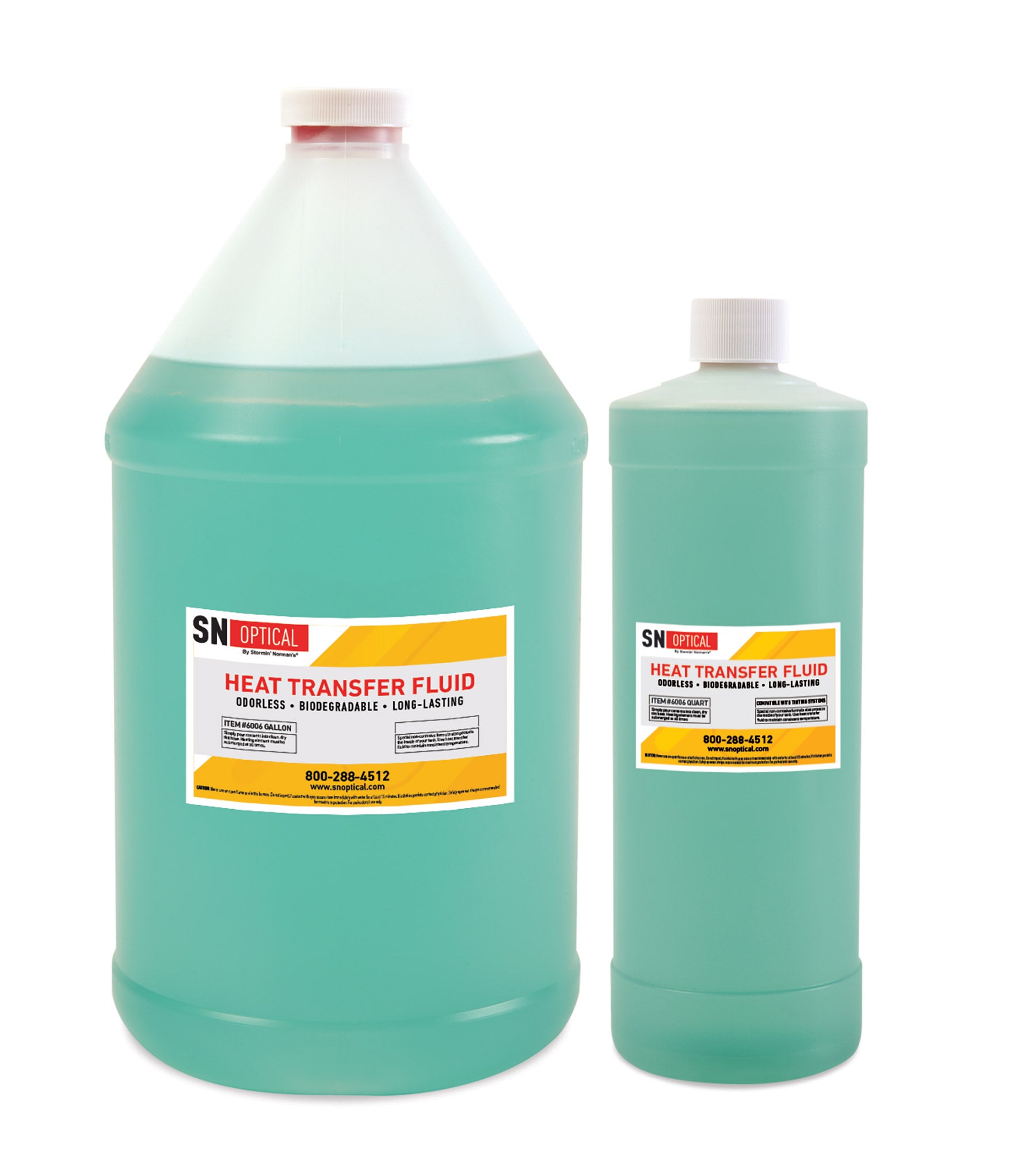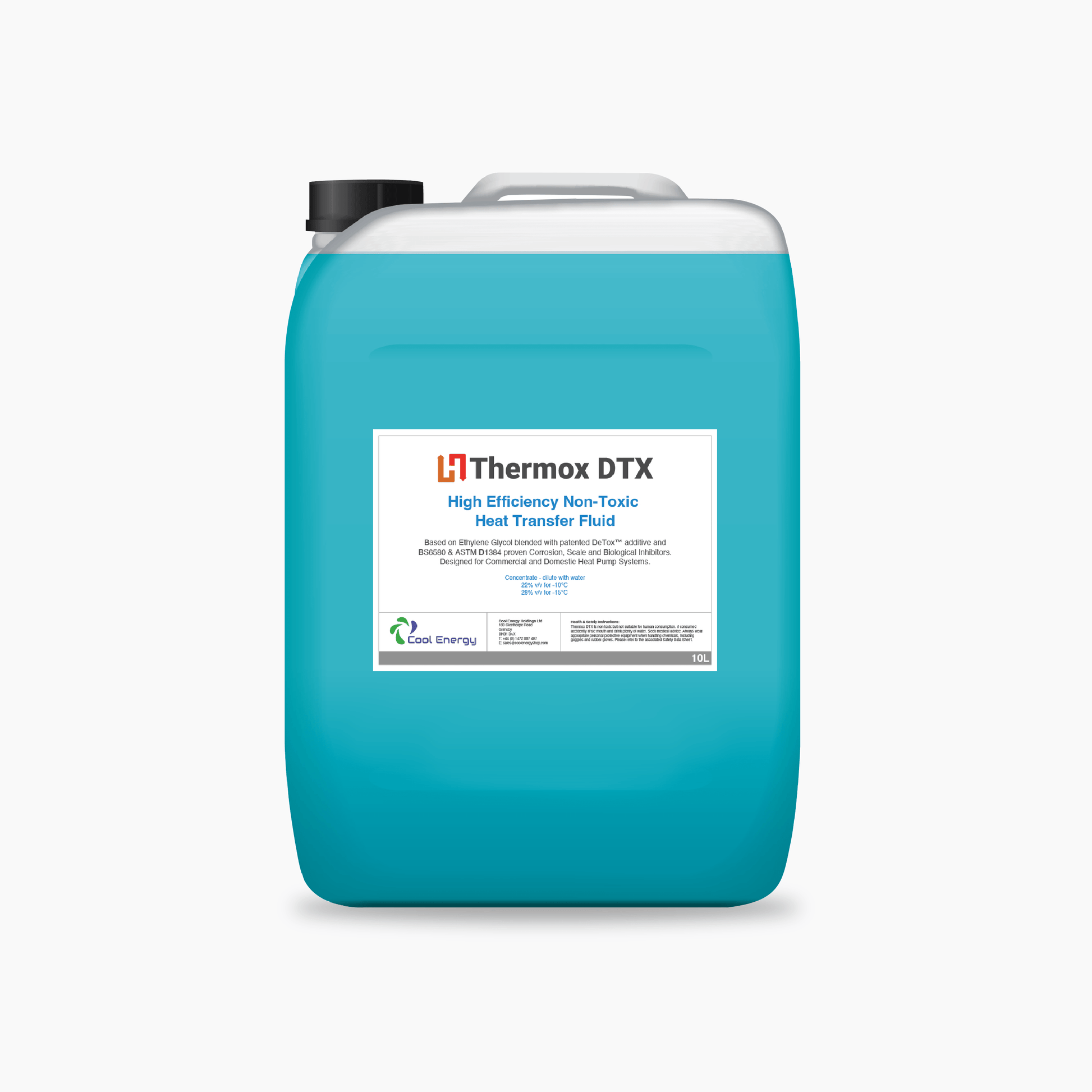Just How Warm Transfer Liquid Adds To Lasting and Cost-efficient Workflow
In the modern-day commercial landscape, the duty of heat transfer fluids (HTFs) in promoting sustainable and cost-efficient operations can not be overstated. These fluids are pivotal in maximizing thermal monitoring systems, therefore significantly improving power performance and reducing functional prices. heat transfer fluid. The ecological advantages of innovative HTFs, with their high thermal security and reduced poisoning, are obvious.
Recognizing Warm Transfer Fluids
In the realm of thermal management, heat transfer fluids (HTFs) function as vital representatives for transferring thermal energy from one area to one more. These fluids play an essential function in different industrial applications, consisting of chemical processing, power generation, and HVAC systems. HTFs are specifically engineered to run within a vast array of temperatures, effectively assisting in the transfer of warmth while keeping a secure thermal profile. Their capability to function under extreme problems-- whether high temperatures or cryogenic levels-- makes them essential in settings requiring exact thermal control.
The structure of heat transfer liquids can vary substantially, consisting of options such as mineral oils, artificial oils, glycols, and molten salts. Each type supplies unique benefits, such as improved thermal security, reduced thickness, and high boiling factors, which are selected based upon certain functional demands. The option of HTF influences not only the performance of heat transfer yet also the long life and safety of the system in which it is employed.
As markets proceed to innovate, the advancement of sophisticated HTFs, identified by their improved thermal conductivity and decreased ecological impact, is critical for meeting the demands of modern-day thermal monitoring obstacles.

Enhancing Power Efficiency

Improving power performance has actually become a paramount issue across different markets, triggering a closer exam of warm transfer fluids' role in maximizing thermal management systems. These fluids are essential to maintaining the desired temperature in procedures, therefore minimizing energy waste and boosting total system performance. By choosing an ideal warm transfer fluid, markets can dramatically boost their power efficiency, resulting in decreased energy intake.

Advanced solutions of heat transfer liquids have been developed to published here withstand severe temperature levels while keeping security and efficiency. These advancements prolong the operational lifespan of the liquid, minimizing the regularity of replacements and energy-intensive maintenance tasks. Moreover, the use of artificial or bio-based liquids provides additional advantages in terms of minimized environmental impact, lining up with international sustainability goals. As a result, boosting energy performance through optimum heat transfer liquid selection is not just a technical necessity however additionally an ecological necessary.
Lowering Functional Prices
Functional prices are a considerable factor to consider for sectors looking for to keep affordable advantage, and the choice of heat transfer fluid plays a vital function in expense administration. Picking an ideal warmth transfer liquid can bring about substantial cost savings by enhancing system efficiency and decreasing energy consumption. High-performance fluids reduce thermal deterioration, which in turn reduces the frequency of liquid substitute and downtime connected with upkeep, consequently reducing functional expenditures.
In addition, warmth transfer liquids with premium thermal security and deterioration resistance extend the lifespan of equipment. This reduces the requirement for regular fixings and replacements, which can be expensive and disruptive to operations. By purchasing top quality liquids, markets can accomplish browse around here long-lasting reductions in upkeep expenses and improve the reliability of their systems.
Additionally, progressed warm transfer liquids frequently exhibit reduced thickness at operating temperature levels, which improves pump efficiency and reduces power usage in fluid flow. Numerous modern warm transfer fluids are engineered to run effectively over a wide temperature variety, minimizing the need for numerous fluid kinds, Read Full Report thereby streamlining stock requirements and reducing connected costs.
Ecological Effect Reduction
The push towards reducing ecological influence has gotten momentum in industries leveraging warmth transfer liquids. Warm transfer fluids (HTFs) play a vital role in this transition, supplying possibilities to boost power effectiveness and decrease discharges - heat transfer fluid.
Furthermore, using sophisticated heat transfer liquids adds to enhanced system effectiveness, lowering the general power intake. This reduction not only results in cost savings however likewise lowers carbon dioxide exhausts, assisting in the battle versus environment adjustment. Fluids that are naturally degradable and recyclable better enhance sustainability efforts, as they diminish waste and advertise round economy practices.
In addition, including HTFs right into closed-loop systems prevents fluid loss and contamination of the surrounding environment. This method ensures that fluids are recycled, reducing the need for new resources and restricting waste generation. By welcoming these environmentally mindful strategies, industries can dramatically reduce their eco-friendly effect while preserving high operational efficiency, aligning with global sustainability objectives and regulative requirements.
Choosing the Right HTF
Selecting the suitable warm transfer liquid (HTF) is an essential step in progressing environmental sustainability within industrial processes - heat transfer fluid. A perfect HTF should possess a high thermal capacity, reduced thickness, and high thermal conductivity to make sure reliable warm transfer.
When picking an HTF, it is necessary to consider its compatibility with system products to prevent rust and chemical responses. This makes certain long life and lowers upkeep costs. In addition, the liquid must be non-toxic and eco-friendly, lessening its environmental footprint and guaranteeing compliance with environmental policies. The lifecycle expense of the HTF, incorporating procurement, operation, and disposal, ought to also be examined to make sure economic expediency.
Verdict
